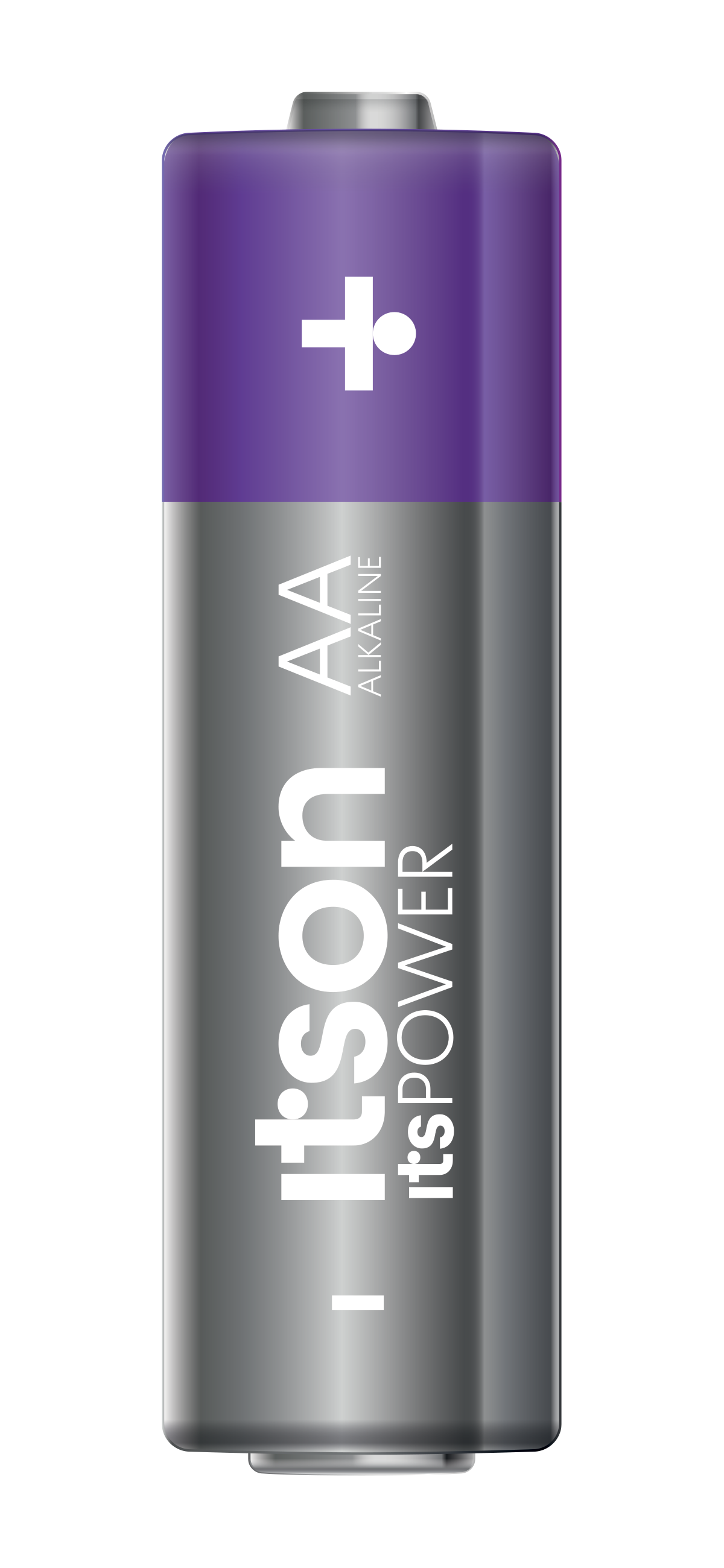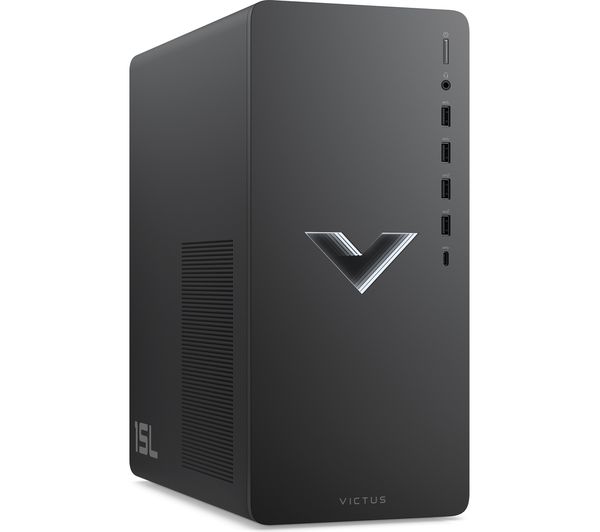Artificial intelligence (AI) is rapidly disrupting businesses across all industries. One of the most powerful ways that AI is being used is to create predictive analytics models that can identify patterns and trends in data that would be impossible for humans to see. This information can then be used to make better decisions about everything from product development to customer service.
AI is transforming various industries with predictive analytics, which can provide valuable insights and help make better decisions. Here are some examples of how AI is disrupting business with its predictive power:
AI can automate in-store operations and reduce operational expenses in retail stores. It can replace sales personnel to assist customers in the store, reduce queues through cashier-less payment, replenish stock by real-time stock monitoring, and digitize store display and trial rooms.
In healthcare, AI can diagnose diseases and suggest treatment plans based on data from medical records, tests, and research. This can improve patient care and outcomes by helping doctors make more accurate and informed decisions. For example, IBM’s Watson Health platform can diagnose cancer and other diseases more effectively than human doctors.
In finance, AI can detect fraud and prevent cyberattacks by analysing patterns and anomalies in financial transactions and data. This can protect customers’ money and prevent financial losses for banks and other financial institutions. For example, Mastercard uses AI to identify fraudulent credit card transactions in real-time and block them.
In manufacturing, AI can optimize production processes and improve product quality by monitoring and controlling a range of factors such as temperature, pressure, speed, and vibration. This can reduce costs, improve efficiency, and create better products. For example, GE uses AI to enhance the performance of its jet engines by adjusting them to different conditions.
AI is transforming the way businesses operate with predictive analytics. This technology allows businesses to anticipate future outcomes and trends based on data and algorithms. Some of the ways that AI is disrupting business with predictive analytics are: Optimizing supply chains by forecasting demand and inventory levels, enhancing marketing strategies by predicting customer behaviour and preferences, detecting fraud and anomalies by identifying patterns and deviations from normal activity and improving health care outcomes by diagnosing diseases and recommending treatments.
These are not the only areas where AI is disrupting business. AI is also enabling businesses to automate repetitive and mundane tasks that would otherwise require human labour, such as answering customer queries and entering data, personalize customer experiences by offering tailored recommendations and suggestions based on their interests and needs, innovate new products and services that solve customer problems and create value, make better decisions by providing insights that are otherwise inaccessible or too complex to analyse without AI.
The Benefits of AI-Powered Predictive Analytics
There are many benefits to using AI-powered predictive analytics in business. Some of the most notable benefits include:
- Improved decision-making: AI can help businesses make better decisions by providing them with insights that they would not otherwise have. For example, a retailer could use AI to identify customers who are likely to churn, and then target these customers with exclusive offers to keep them from leaving.
- Increased efficiency: AI can help businesses operate more efficiently by automating tasks that are currently performed by humans. For example, a manufacturing company could use AI to schedule maintenance for machines, preventing costly downtime.
- Reduced costs: AI can help businesses reduce costs by automating tasks and improving efficiency. For example, a bank could use AI to detect fraudulent transactions, saving the bank money overall.
- Improved customer experience: AI can help businesses improve the customer experience by providing them with personalized recommendations and services. For example, a streaming service could use AI to recommend movies and TV shows that are likely to be of interest to each individual customer.
The Challenges of AI-Powered Predictive Analytics
While there are many benefits to using AI-powered predictive analytics, there are also some challenges that businesses need to be aware of. Some of the most notable challenges include:
- Data quality: The quality of the data used to train AI models is critical to the accuracy of the predictions that the models make. If the data is not accurate, the predictions will be inaccurate.
- Bias: AI models can be biased, reflecting the biases that are present in the data that they are trained on. It is important to be aware of this bias and to take steps to mitigate it.
- Explainability: AI models can be complex, and it can be difficult to understand how they make their predictions. This can make it difficult to trust predictions and to use them to make decisions.
The Future of AI-Powered Predictive Analytics
AI-powered predictive analytics is a rapidly evolving field that uses artificial intelligence techniques to analyse data and generate insights and recommendations for various domains and applications. In the next 18-24 months, we are likely to see some of the following trends and developments in this field:
– Increased adoption of cloud-based platforms and services that offer scalable, flexible, and cost-effective solutions for predictive analytics. These platforms will enable organizations to access and integrate data from multiple sources, leverage advanced AI models and algorithms, and deploy and monitor their predictive analytics applications with ease and security.
– Enhanced integration of natural language processing (NLP) and computer vision (CV) capabilities into predictive analytics. These capabilities will allow users to interact with data and insights using natural language queries and commands, as well as to extract valuable information from images, videos, and other unstructured data sources. NLP and CV will also enable predictive analytics to generate more natural and engaging outputs, such as narratives, summaries, and visualizations.
– Expanded use of explainable AI (XAI) techniques and tools for predictive analytics. XAI aims to provide transparent and understandable explanations of how AI models and systems work, why they make certain predictions or decisions, and what are their limitations and uncertainties. XAI will help users to trust and validate the results of predictive analytics, as well as to identify and mitigate potential biases, errors, and risks.
– Greater collaboration and innovation across different domains and industries that leverage predictive analytics. Predictive analytics will enable new opportunities and challenges for various sectors, such as healthcare, education, finance, retail, manufacturing, and more. These sectors will benefit from sharing data, insights, best practices, and solutions for common problems and goals. Predictive analytics will also foster cross-disciplinary research and development that will advance the state-of-the-art in AI and data science.





















